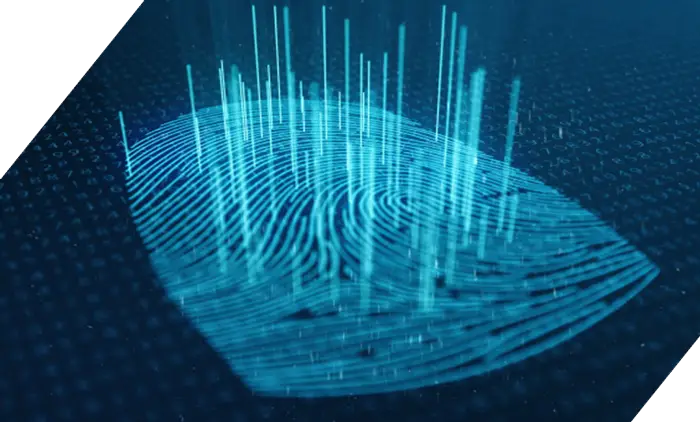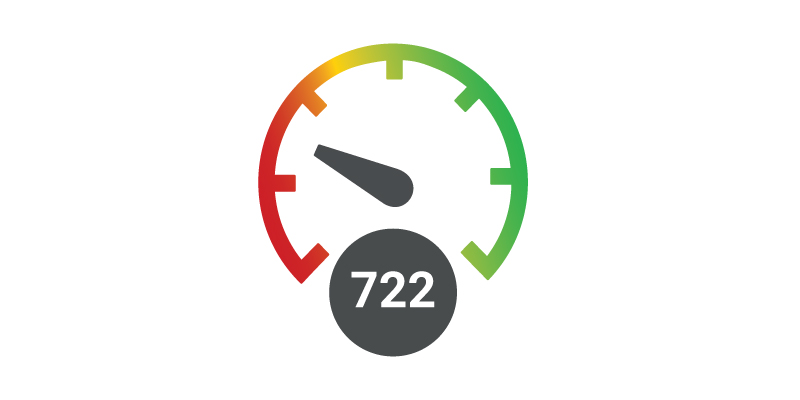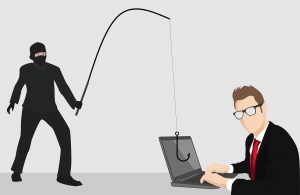
Lessons From Major Banks for Spotting and Avoiding Loan Fraud
If you run a private lending service or small loans business, then you’re a target for loan fraudsters. Loan fraud is becoming more frequent as…

Each bank has a unique thumbprint. MoneyThumb verifies thousands of banks instantly!
MoneyThumb created “thumbprints” for thousands of banks by analyzing data from millions of processed PDF bank statements. Each bank thumbprint consists of hundreds of data points that make up its unique profile.
For example, the columns used, date formats, text fonts, and exact position of each column are all factored into a bank’s unique thumbprint. Experienced underwriters already know to look for many of these characteristics, but others are either hard to spot, or not visible to the human eye. MoneyThumb’s Thumbprint tool evaluates and assesses whether a bank statement matches the expected thumbprint.
As an example, a document can be formatted in an editor such as Microsoft Word or Google Docs. You can add white space by using spaces, tabs, or indents. It makes no difference, and is indistinguishable to the reader which formatting tool you used. However, if you always use spaces, and then someone else edits the document and uses indents, it’s clear that you were not the one that made the final version of the document. That is the type of validation that Thumbprint® does for PDF documents.
Thumbprint® by MoneyThumb contains patent pending AI technology that analyzes whether a bank statement has been altered or is fraudulent.
Lenders routinely request bank statements to verify income, cash flow, or assets. However PDF copies of bank statements can be altered or even completely fabricated. Doing a google search on ‘create a fake statement’ comes up with dozens of sites that will create a completely fictitious bank statement with whatever amounts you want. Or one can start with a genuine bank statement and use PDF editing tools such as Adobe Acrobat Pro and change the text in a bank statement, to alter numbers, payees, and totals, to reflect greater income and or cash flows.
Typical methods for authenticating bank statements are first to check for obvious mistakes such as typos or inconsistencies in typefaces. Then look for unusual formatting or text that seems to be out of position compared to the rest of the document. You can also compare the document against a known genuine document to look for formatting differences.

Looking for internal inconsistencies is where it all starts. For example, is all the text in a given column the same font, size, and at the same position? And position is not just position visible to the human eye, it’s position measured to an accuracy of 1 ten-thousands of an inch. Additional thumbprint factors are all evaluated using an algorithm created by machine learning.
Document authentication compares the document thumbprint to the thumbprint of other statements from the same bank. All the factors used in internal consistency checks are evaluated along with additional factors such as the software program used to create the PDF document.
Check the financial institution name and logo on the statement. Verify that the column setup and fonts match those from a known authenticated statement.
One method to detect fake bank statements is to reconcile the totals. That is to total up all the deposits, withdrawals, checks, and fees and see if the totals match the balances printed on the statement. Every bank prints some kind of totals, whether it’s starting/ending balances, a running balance, or both. A high percentage of fraudulent statements don’t pass this test, simply because people make mistakes when they edit the numbers.
Authenticating third party documents such as bank statements is not a new problem. Experienced underwriters can recognize many subtle discrepancies in format and thereby detect many fraudulent statements. However, new software tools make it easier than ever to create fictitious bank statements that are harder than ever to detect.

If you run a private lending service or small loans business, then you’re a target for loan fraudsters. Loan fraud is becoming more frequent as…

Most of us are very familiar with the internet, but how educated are you when it comes to internet scams and cybercrime? There are many…

As a private lender, it is urgent that you know all you can about financial fraud and which types of fraud are perpetrated most often….
| Cookie | Duration | Description |
|---|---|---|
| cookielawinfo-checkbox-analytics | 11 months | This cookie is set by GDPR Cookie Consent plugin. The cookie is used to store the user consent for the cookies in the category "Analytics". |
| cookielawinfo-checkbox-functional | 11 months | The cookie is set by GDPR cookie consent to record the user consent for the cookies in the category "Functional". |
| cookielawinfo-checkbox-necessary | 11 months | This cookie is set by GDPR Cookie Consent plugin. The cookies is used to store the user consent for the cookies in the category "Necessary". |
| cookielawinfo-checkbox-others | 11 months | This cookie is set by GDPR Cookie Consent plugin. The cookie is used to store the user consent for the cookies in the category "Other. |
| cookielawinfo-checkbox-performance | 11 months | This cookie is set by GDPR Cookie Consent plugin. The cookie is used to store the user consent for the cookies in the category "Performance". |
| viewed_cookie_policy | 11 months | The cookie is set by the GDPR Cookie Consent plugin and is used to store whether or not user has consented to the use of cookies. It does not store any personal data. |
2qfx Convert Pro+ license options:
See Compare PDF Convert Editions for details
Do you have more than one person in your office who needs a license?
MoneyThumb converters are licensed to individual users. Multiple users will need a multi-user license.
Take advantage of our volume pricing for multiple users. Select your quantity and the discount will automatically be applied at checkout.
| # of Licenses | Discount |
|---|---|
| 2 | 20% (That’s 40% off the second seat!) |
| 5 | 25% |
| 10 | 30% |
| 50 | 35% |
| 100+ | Contact Us |